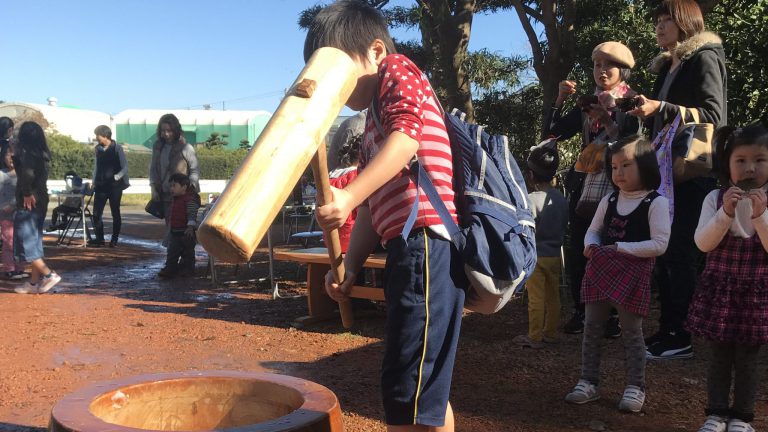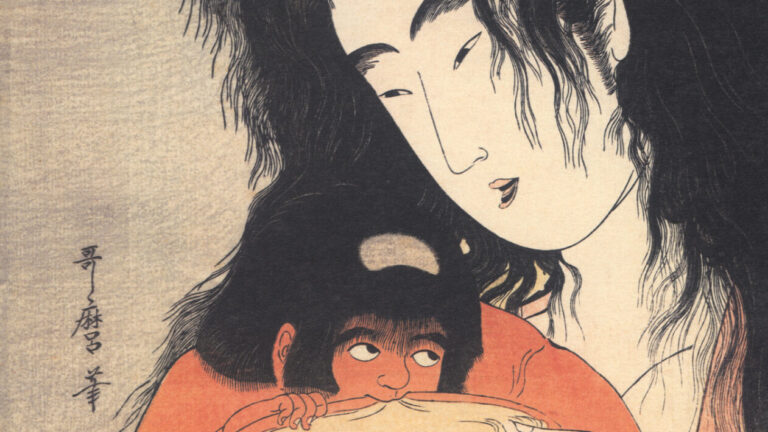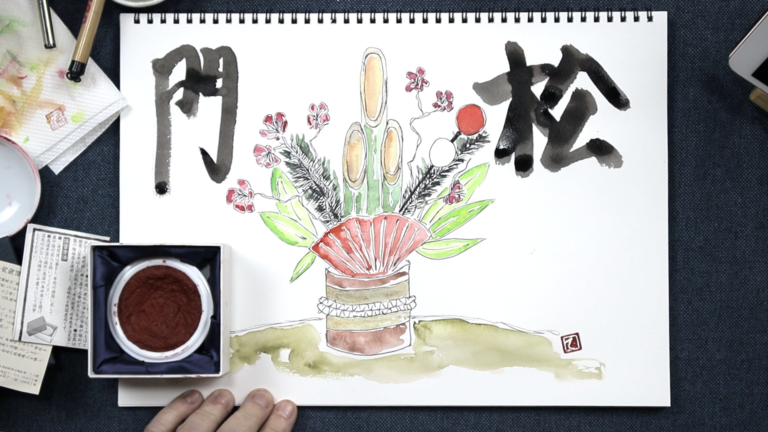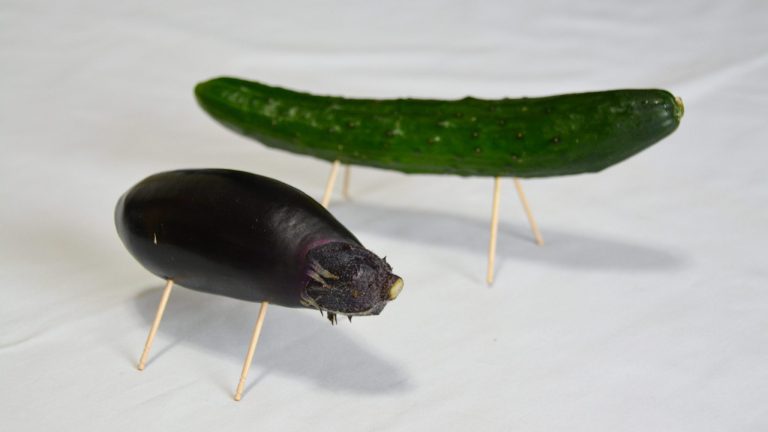Want to increase your chances of a new year filled with health, prosperity, and an abundance of children and grandchildren? All you need to do is eat some delicious osechi ryori. Osechi is Japan’s New Year’s cuisine that includes such delicacies as herring wrapped in kelp and tied with gourd strings (nori maki), dried and candied anchovies (tazukuri), and golden sweet potato and chestnut mash (kurikinton).
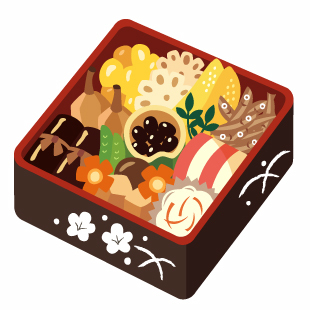
Akemashite Omedetou, Happy New Year!
Hear that in the background? That’s what it sounds like outside my front door today. Those birds are way obnoxious, but happy it seems. Correct me if I’m wrong, but I believe they’re called mozu or shrikes in English. I don’t know a lot about birds, but I’ve been told that mozu like to skewer their meals on thorns or thin branches before they eat them. In Japanese this is affectionately called Mozu no Hayanie. Or the shrike’s crucifixion or the Shrike’s sacrifice. You should be able to hear the elderly people across the street enjoying themselves over a game of gateball, too.
So I am officially moved into my new abode. It’s old and creaky, shadowy and utterly freezing. But I love it! I have a wild masked palm civet who climbs my drainpipes at night and hangs out on the roof or in the attic, I’m not sure yet. There’s a door on the second floor that’s permanently sealed for some unknown reason. Then I have across part of the bedroom ceiling these mysterious dark splatter marks that evidently can’t be removed. And to top it all off, in the middle of the night, when I walk down the dark narrow hallway to go to the bathroom, the toilet greets me by making a mechanical yawning sound and lifting its lid. And then when it deems it’s time, it flushes.
I’m still neck deep in boxes, though. But after stressing myself out by thinking I can’t podcast again until I get everything put away in its proper place, I decided, yeah, no. And since I’ve I just ran across the new microphone, the binaural mics, and the other podcasting necessities, here I am. Surrounded by boxes, not even close to being completely moved in, but tickled pink and very much wishing you all a happy and fortuitous 2020, year of the rat.
I always want to start by real quick thanking my Patrons, you are the absolute best and I really enjoy getting to know you. Everyone is so interesting, smart, and so very, very nice. I wish we could all have dinner someday. Maybe we could take turns crawling into the small John Malkovich door on the side of my house. The one that is wedged shut, for some unknown reason.
I want to mention that it’s my two-year anniversary of being on Patreon this January 28th, so to celebrate I’m going to offer an Uncanny Japan sticker to all new patrons (an older patrons if you’d like one). I just got an email saying they’d been mailed, so they should be here soon. So while supplies last, I can send you a two inch round sticker of the oni/ojizo character on that dark red background. It looks just like the podcast icon. And of course $5.00 and up patrons will also have access to over 35 past Bedtime Stories, binaural soundscapes, and all the Behind the Curtain, Patreon-only shows, and the I-just-started-a-little-while-ago perk: recipes. I’m planning on doing a lot more of the recipes and Behind the Curtain episodes this year, too.
Okay on to today’s show. Like I said I’m not exactly on the ball. I really wanted to get this episode out at the beginning of the month, but cool New Year’s traditions are still cool even if they’re a little late. And especially if they’re about food.
I grew up in the south of the US, so I know about eating cornbread, collard greens, black eyed peas and pork to encourage a prosperous new year, but Japan has really outdone itself with lucky food.
The first thing you need to know is that New Year’s cuisine is called osechi ryori, but I’ll call it osechi for short because that’s what everyone does.
So what is osechi? It’s a whole bunch of different dishes, meticulously prepared in the days leading up to January first. Once finished they are placed very artfully into juubako. Juubako are these gorgeous lacquered stackable boxes, think bento boxes but much more elegant and only used for serving osechi. The characters for juubako are ‘to stack’ and ‘box’. The idea being ‘medetasa wo kasaneru’, stacking up happiness. Isn’t that nice?
Now do you remember from last year’s show, Episode 13 called Teacher’s Running, where I talked about how at the end of the year everyone is really busy? They’re doing oosoji/big cleaning of their houses and offices, decorating their front doors and entranceways, visiting friends and family, and paying off debts because if you enter the new year owing money, you’ll spend the whole year owing people money. Or so I’ve been told. Well, they’re also busy cooking osechi.
Another thing I remember being told was that whatever you do on the first day of the new year portends what you’ll be doing for the next 365 days. If you wake up and start washing clothes or cooking or cleaning, then that means you’re going to be doing exactly that for rest of the year. What you want to do in Japan, the first few days in January is to relax, eat delicious, auspicious food, and enjoy being around family.
Okay, back to osechi. So since moms and grandmoms aren’t supposed to be spending time in the kitchen those first few days of the new year, everything is prepared to not spoil for at least three days and by not spoil, I mean, at least in my experience, not spoil while not being refrigerated, either. That’s not as scary as it sounds though. There isn’t any central heating in my part of Japan, so with the winter temps hovering a little above freezing, keeping the juubako in a chilly unused room or in the foyer is usually good enough to avoid food poisoning.
In my experience after the initial feasting on osechi, there would still be quite a bit left. So we’d set it out on a table in the genkan/the entranceway, and then when someone was feeling a peckish, they’d go, grab the stacked boxes and bring them into the heated room where we’d nibble again.
Sadly, recently, I hear osechi is good for about one day and then everyone is tired of it and yearning for some sushi or a pizza. When I first came to Japan in 1990, the entire country was closed from January first until like the seventh, so osechi and ozoni (a vegetable and sticky rice cake soup) were all you had to eat. These days, more and more, stores open because they know everyone’s itching to get out of the house, do some shopping, and eat something other than osechi. I think Osechi has lost some of it’s glamor and respect. Unfortunately.
But a good thing that has happened is that these days it’s amazing how many of the dishes you can find in your local supermarket, little containers filled with different lucky foods. You can pick and choose, take them home and put them in your juubako. You don’t even have to cook. Another really convenient tradition is that you can order osechi from these same supermarkets, or even conbini like 7-11. They’re really expensive though. Recently you can even find different takes on osechi. Like Chinese osechi, Korean osechi, or even Western osechi.
Another thing I just learned was that by not cooking during those first few days in January, you’re not only giving the ladies of the house a break, you are also giving the Furnace God (the kamado kamisama) a rest, which is a nice thing to do.
Okay, now let’s talk about the kinds of goodies that make up osechi. There are quite a lot and I’m sure they change somewhat depending on where you are in Japan, but they all have special auspicious meanings to help you start off the new year right and I’m sure some of the biggies can be found all up and down Japan.
Some of the things you’ll find in you juubako and my two cents.
Konbu or konbu maki– I like these and they look really cute, too. First, konbu is a thick kind of seaweed or kelp that is rolled into little-bite sized pieces with herring inside and tied neatly with these long thin pieces of gourd. Then they’re all simmered in a sweetened soy sauce with some dashi and ginger. Konbu is a play on words, konbu, sounds like yorokonbu, sounds like yorokobu, which means happiness or joy.
Kuro mame, or black beans – These are also one of my favorites. Shiny, plump black beans boiled in a sugar and mirin sweetened soy sauce.
Eating black beans means you’re wishing for a year where you’re healthy and strong and can “mame ni hataraku” or work hard and diligently. That doesn’t sound good, but believe it or not, it’s kind of a compliment. If you live in Japan and someone tells you your mame, it means that you work hard, pay attention to details, and that’s a good thing. Plus they’re delicious.
Kamaboko – you’ll often hear kamaboko translated as fish cakes, but that’s always sounded a little weird to me. Imagine a pureed fish paste that is lightly flavored. There are two batches. One is kept white, the other dyed pink. Then the kamaboko maker uses this wooden paddle to scoop up this mixture and heap it onto a small rectangular piece of wood, smoothing it and making a big half circle mound, if that makes sense.
The whole thing can be all white, or white on the inside with a layer of pink on the outside. These are then steamed until cooked, sliced and made into a nice design in your juubako. Usually they’re alternating pink and white. These semi circle shapes are supposed to represent the sunrise, but also red and white are auspicious colors as well as thought to ward away evil. Speaking of red and white, the main TV show watched all over Japan on New Year’s Eve is called KouHaku, or Red and White.
My father in law worked in a small kamaboko factory, so we got lots and lots of kamaboko.
Another thing I always liked about the end of the year is that people give each other gifts of food, for example. My father-in-law would bring home tons and he and my mother-in-law would drive around visiting friends and relatives passing it out. They in return would get something that maybe that family had a lot of–cans of tuna, vegetables, sticky mochi rice cakes, or even pot stickers.
Next. Tai or red sea bream. Again a play on words. Tai is associated with the word medatai, meaning to celebrate. Sometimes you can find yellowtail or shrimp in osechi ryori. Shrimp is interesting because the kanji for it is ebi and written as “ocean old”. The reason being a shrimp is all bent over like an elderly person’s back and the long whiskers look like, well, long whiskers. It’s lucky because it’s a wish for a long life.
Tazukuri – the characters meaning literally ‘making a field’ are candied dried anchovies. I’ve read that traditionally fish, probably dried anchovies, were used as a fertilizer in rice fields and that this little sticky sweet and salty dish symbolizes wishing for an abundance of crops or wealth in the coming year.
Datemaki – this is another interesting food that I’m going to have to try and describe. It’s beaten eggs mixed with mushed up shrimp or white fish, flavored with mirin, a dash of soy sauce and dashi broth, rolled up, baked and sliced. The meaning for this one aside from being generically good luck is that it’s rolled and looks like a scroll, eating this will bring you a year of learning and knowledge. This is pretty yummy, not too sweet.
Namasu – I didn’t mind this, but I had relatives who didn’t like it because of the strong smell. It’s shredded carrot and daikon radish cooked in vinegar and sugar. Sometimes raw fish is added. Not exactly red and white, more orange and white. Again, auspicious!
Kazunoko – or herring roe. These yellow packages filled with eggs represent a new year of being blessed with many children or grandchildren. I was never a big fan of herring roe.
Kurikinton – I think it’s pretty much a given that this is most people’s favorite. At least among children. It’s chestnuts boiled, mashed and sugared, along with some white, sweetened and also mashed sweet potatoes. This is colored with some kuchinashi, or gardenia pigment which is a beautiful bright yellow color. Making the whole thing vivid golden and that’s very lucky indeed. There are usually whole chestnuts left floating around in the mashi and getting them is extra lucky.
Now after having cooked or bought or traded to get all your osechi cuisine together, you also have to put them into the juubako in a certain way. But I’ll skip that for now. Because that’s a whole nother subject.
Again, thank you for listening and I wish every single one of you a 2020 full of boisterous laughter, wicked success, vibrant health, and exciting adventures. Kotoshi mo yoroshiku onegaishimasu.
Bye bye
Credits
Intro and outro music by Julyan Ray Matsuura

